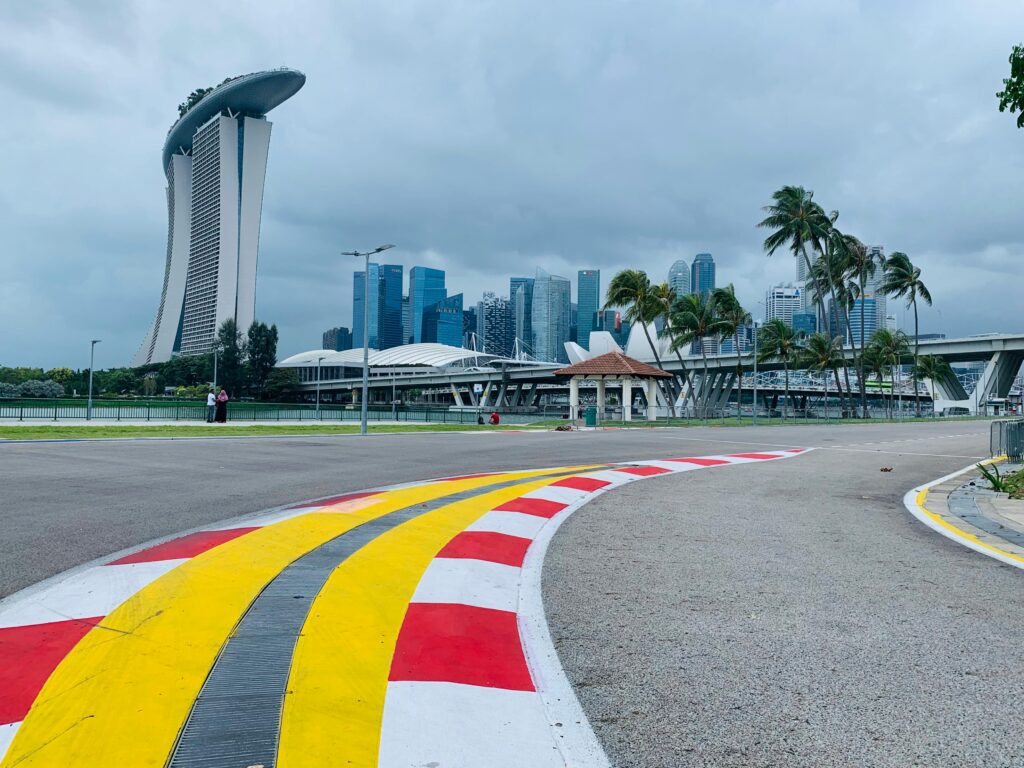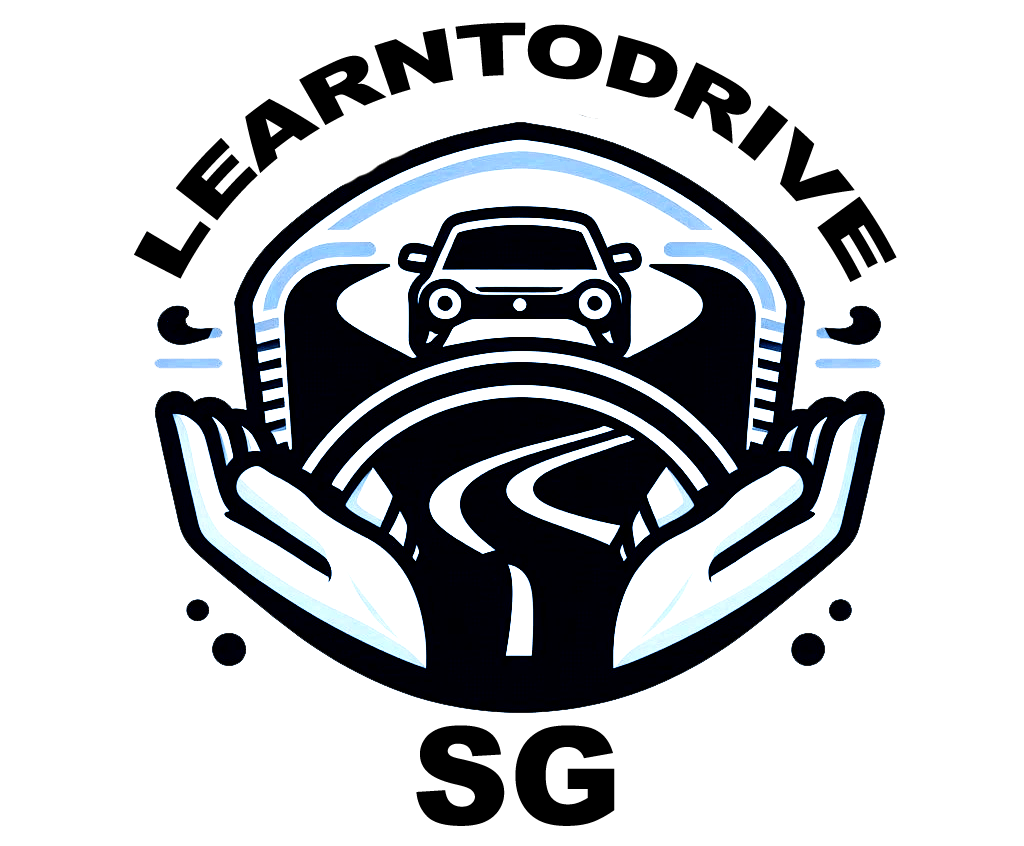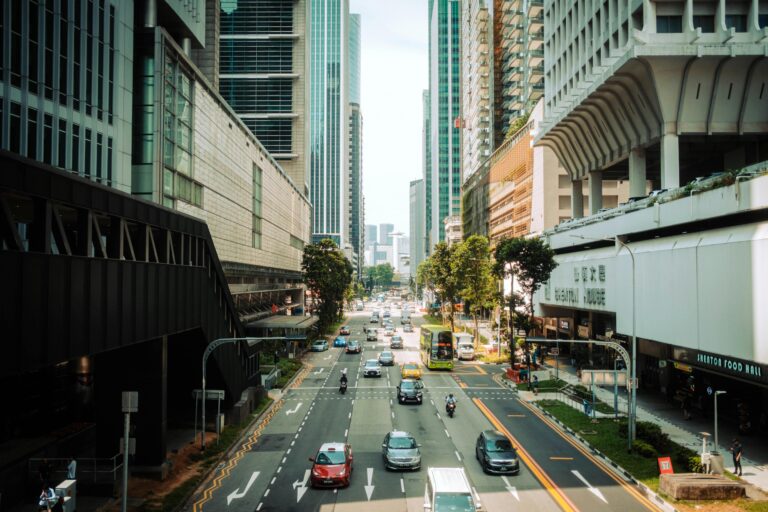
Introduction
Singapore, renowned for its meticulous urban planning and efficient transportation system, prioritizes road safety to ensure the well-being of its residents and visitors. With a dense population and heavy traffic, maintaining high safety standards on the roads is critical. This article explores various aspects of road safety in Singapore, including policies, infrastructure, public education, and future initiatives aimed at reducing accidents and enhancing the overall safety of road users.
Read more road safety here: https://learntodrivesg.com/
Road Safety Policies and Regulations
Strict Traffic Laws
Singapore’s road safety is underpinned by stringent traffic laws. The country has a zero-tolerance policy towards driving under the influence of alcohol or drugs, with severe penalties including hefty fines, license suspension, and imprisonment. Speed limits are rigorously enforced, and speeding offenses can result in fines, demerit points, or even license revocation.
Use of Technology
The government leverages advanced technology to monitor and enforce road safety. Speed and red-light cameras are strategically placed across the island to deter traffic violations. The introduction of the Electronic Road Pricing (ERP) system helps manage traffic flow and reduce congestion, contributing to safer driving conditions.
Infrastructure and Design
Well-Maintained Roads
Singapore’s roads are well-maintained, with clear signage and markings to guide drivers. Regular maintenance ensures that road conditions are safe, reducing the risk of accidents caused by poor infrastructure.
Pedestrian-Friendly Measures
To protect pedestrians, Singapore has implemented numerous measures such as pedestrian crossings, overhead bridges, and underpasses. These facilities are designed to separate pedestrian and vehicular traffic, minimizing the risk of collisions. Additionally, countdown timers at traffic lights help pedestrians gauge the time available to cross safely.
Cycling Infrastructure
The government has invested in extensive cycling infrastructure, including dedicated cycling paths and bike-sharing schemes. This promotes safe cycling and reduces the risk of accidents involving cyclists and motor vehicles.
Public Education and Campaigns
Road Safety Campaigns
Public education campaigns play a vital role in promoting road safety awareness. The Singapore Traffic Police and the Singapore Road Safety Council (SRSC) regularly launch campaigns targeting various road user groups. These campaigns emphasize the importance of safe driving practices, such as wearing seat belts, obeying traffic signals, and avoiding the use of mobile phones while driving.
School Programs
Road safety education starts early in Singapore. Schools incorporate road safety lessons into their curriculum, teaching children the importance of obeying traffic rules and how to navigate roads safely as pedestrians and future drivers.
Enforcement and Penalties
Strict Enforcement
The Singapore Traffic Police are vigilant in enforcing traffic laws. Regular roadblocks and checks ensure compliance with safety regulations. Drivers found violating traffic rules face strict penalties, including fines, demerit points, and even imprisonment for severe offenses.
Rehabilitation Programs
For habitual offenders, the government offers rehabilitation programs aimed at correcting dangerous driving behaviour. These programs include defensive driving courses and mandatory counselling sessions to educate offenders on the consequences of reckless driving.
Future Initiatives
Vision Zero
Singapore aims to achieve Vision Zero, a road safety initiative that aspires to eliminate all traffic fatalities and severe injuries. This ambitious goal involves a holistic approach, combining engineering, education, and enforcement to create a safe road environment.
Autonomous Vehicles
The future of road safety in Singapore includes the integration of autonomous vehicles. These vehicles are equipped with advanced sensors and AI systems designed to reduce human error, a major cause of road accidents. Trials are already underway to ensure these technologies can be safely incorporated into Singapore’s transportation system.
Vehicular Accident Hotlines in Singapore
In the event of a vehicular accident in Singapore, it is essential to know the appropriate hotlines to contact for assistance. Here are the key hotlines for different types of vehicular accidents and related services:
Emergency Hotlines
- Police (Emergency): 999 – Call this number if there are injuries, fatalities, or if the accident involves a hit-and-run, disputes, or any other situations requiring immediate police intervention.
- Ambulance and Fire Brigade: 995 – Use this hotline for medical emergencies if there are serious injuries or if someone needs urgent medical attention due to the accident.
Non-Emergency Hotlines
- Traffic Police (Non-Emergency): 6547-0000 – For reporting non-emergency traffic accidents, minor accidents where there are no injuries, or for traffic-related inquiries and advice.
- Non-Emergency Ambulance: 1777 – For non-life-threatening injuries that still require ambulance services.
Insurance and Breakdown Services
- AXA Insurance Roadside Assistance: 1800-880-4741 – For AXA policyholders needing roadside assistance, including towing services.
- NTUC Income Orange Force: 6789-5000 – Provides 24/7 accident response services for NTUC Income policyholders, including on-site accident assistance and towing.
- AA Singapore (Automobile Association of Singapore): 6748-9911 – For AA members requiring breakdown and towing services.
- DirectAsia Insurance: 6532-1818 – Provides accident and breakdown assistance for DirectAsia policyholders.
Roadside Assistance Services
- ComfortDelGro Towing: 6552-1111 – Offers 24-hour towing services for vehicular accidents and breakdowns.
- Singapore Towing Service: 8439-3322 – Provides towing and roadside assistance across Singapore.
Reporting and Assistance Hotlines
- Land Transport Authority (LTA) Hotline: 1800-225-5582 – For reporting road infrastructure issues, traffic light malfunctions, and other road safety concerns that could contribute to accidents.
Steps to Take After a Vehicular Accident
- Ensure Safety: Move to a safe location if possible, turn on hazard lights, and use warning triangles to alert other drivers.
- Check for Injuries: Check yourself and others for injuries. Call 995 for serious injuries.
- Report the Accident: Call 999 if there are injuries, disputes, or if it’s a hit-and-run. For minor accidents without injuries, call the Traffic Police non-emergency hotline at 6547-0000.
- Exchange Information: Exchange contact and insurance details with the other party involved in the accident.
- Document the Scene: Take photos of the accident scene, vehicle damage, and relevant road conditions.
- Notify Your Insurer: Contact your insurance company to report the accident and follow their instructions for claims processing.
By knowing these hotlines and following the appropriate steps after an accident, you can ensure that you receive the necessary assistance and support promptly. Road safety and proper post-accident procedures are crucial in minimizing the impact of vehicular accidents in Singapore.
Conclusion
Singapore’s comprehensive approach to road safety, encompassing strict regulations, advanced technology, well-designed infrastructure, public education, and rigorous enforcement, has made its roads among the safest in the world. Continuous efforts and future initiatives, such as Vision Zero and the adoption of autonomous vehicles, promise to further enhance road safety. By maintaining a relentless focus on safety and leveraging innovation, Singapore sets a global benchmark for road safety standards, ensuring the well-being of all road users.






